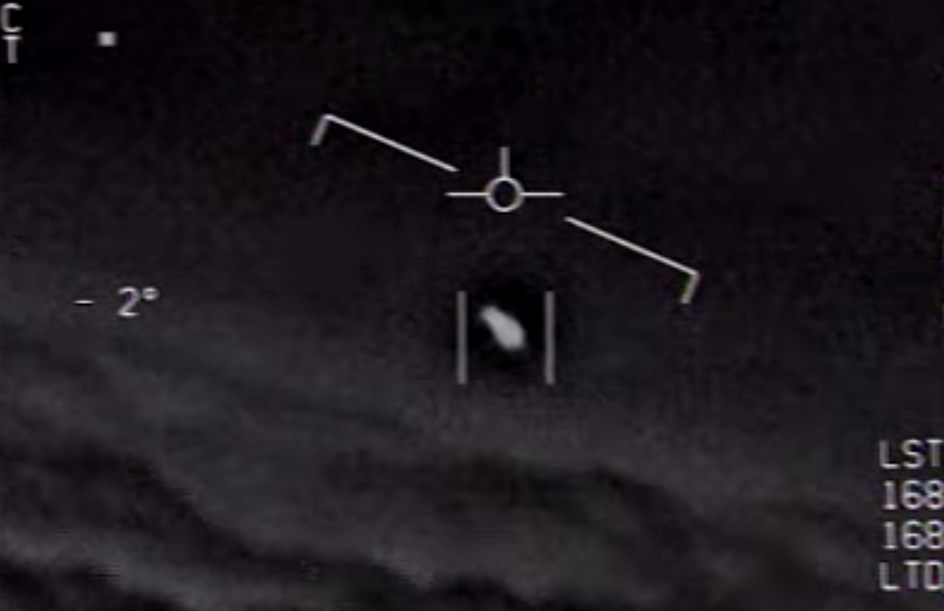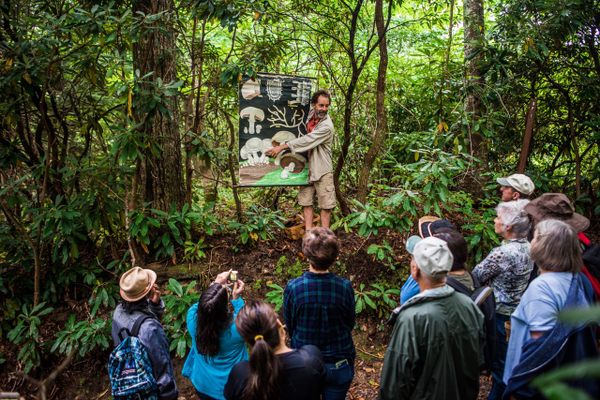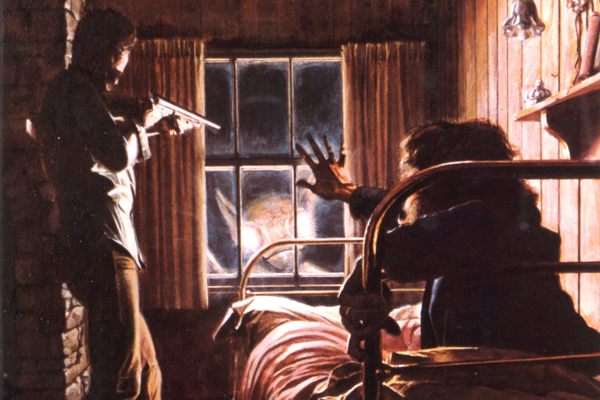6 Stories of Aliens and the Unexplained That Are Just Out of This World
Centuries of strange tales, from ETs to flying saucers, to celebrate World UFO Day.
There’s as little agreement about World UFO Day as there is about the alien lifeforms that may (or may not) pilot them. Some look to the stars on June 24, the day in 1947 when a pilot claimed to see “flying saucers” over Mount Rainier, while others await first contact on July 2, the day that same year when something crashed in the New Mexico desert near Roswell. But for those who believe the truth is out there, the goal is the same: to raise awareness that humans may not be alone in the universe. To mark World UFO Day 2023, we explored the Atlas Obscura archive for stories of science, mystery, and why we are obsessed with the unexplained.
Victorians Wanted to Contact Aliens Using Giant Mirrors
by Sarah Laskow
German mathematician Carl Friedrich Gauss was one of many 19th-century scientists who believed that intelligent life existed on the Moon and that math was a language humans and aliens shared. Among many other ideas, he suggested building 100 mirrors, each measuring 16 feet square, to reflect sunlight and flash a message into space.

There’s a Huge UFO Archive Hiding in These Swedish Apartment Cellars
by Lara Andersson
The industrial town of Norrköping, Sweden, nestled along an inlet of the Baltic Sea, was once known for its booming textile industry. Now, decades after outsourcing muffled the city’s industrial buzz, Norrköping is known primarily as a quiet student town—but it is also home to the Archives for the Unexplained, formerly known as The UFO Archives, an enormous collection of material on UFO sightings and anything else that can be called into question, from the Loch Ness Monster, to fairies, to parapsychology.
What Do Scientists Do When They Think They Might Have Intercepted Alien Signals?
by Sarah Laskow
Imagine that you’re an astronomer, working in your lab, day in and day out, analyzing signals from space, writes Sarah Laskow. One day, a strange signal registers on your instruments. You check that it’s not an equipment error. You start running through possible explanations, all the obvious ones and the less obvious ones. Maybe you start thinking that one possible explanation, as unlikely as it may be, is that you’ve come across a sign of extraterrestrial intelligence. What happens next?
Exploring Mexico’s Zone of Silence, Where Alien Rumors Abound
by T.E. Wilson
“There are lots of stories of aliens and unidentified flying objects in the Zone,” Geraldo Rivera, a bespectacled state bureaucrat who is also a devoted UFO investigator, told writer T.E. Wilson. “People often get lost in the Zone”—a 50-kilometer expanse of desert in northern Mexico where radio signals fail and compasses spin uselessly. “When this happens, sometimes tall blond beings appear out of nowhere.” Those who claim to have encountered the tall, fair-haired aliens, say that the individuals speak perfect Spanish, ask only for water, and disappear without so much as a footprint. When asked where they come from, the beings—known as Nordics—say only, “Above.”

Who Is Keeping Track of the Weird Stuff We Send Into Space?
by Sarah Laskow
One researcher set out to catalog all odd things humans have intentionally sent into space to represent the planet to alien lifeforms, a list that includes an advertisement for Doritos; a video compilation of Romanian gymnasts from 2006; an invitation, in Klingon, to attend a performance of a Klingon opera; and a version of “Across the Universe,” plus a message from Paul McCartney—“Send my love to the aliens.”
Explaining Our Obsession With the Unexplained
by Colin Dickey
The past few years, and especially the current moment, have revealed that such fringe beliefs and conspiracy theories are becoming more prevalent—and more consequential, writes Colin Dickey in his book The Unidentified: Mythical Monsters, Alien Encounters, and Our Obsession With the Unexplained. According to Chapman University in California, which surveys Americans’ fears and irrational beliefs, the belief that aliens have visited Earth during modern times went from 18 percent to 26 percent in 2016, and then to 35 percent in 2018. The notion that aliens visited Earth in the distant past has more than doubled from 20 percent in 2015 to 41 percent in 2018.


























Follow us on Twitter to get the latest on the world's hidden wonders.
Like us on Facebook to get the latest on the world's hidden wonders.
Follow us on Twitter Like us on Facebook